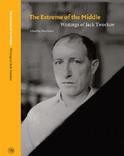A brand new Art Gallery of Alberta opened Sunday and Monday (fully booked!), and starting today the general public can visit.
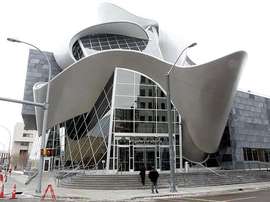 How did a Frank Gehry look-alike building, with 85,000 sq. ft.(30,000 for galleries), designed by Los Angeles architect Randall Stout, costing $88 million, make its debut without much (any?) notice in the U.S. press? Edmonton is the most northern metropolis on this continent with a population over 1 million… but AGA has greater ambitions than serving the local population: As its website says, “this architectural icon will draw visitors from around the world with twice the former gallery space….”
How did a Frank Gehry look-alike building, with 85,000 sq. ft.(30,000 for galleries), designed by Los Angeles architect Randall Stout, costing $88 million, make its debut without much (any?) notice in the U.S. press? Edmonton is the most northern metropolis on this continent with a population over 1 million… but AGA has greater ambitions than serving the local population: As its website says, “this architectural icon will draw visitors from around the world with twice the former gallery space….”
But can Edmonton really be a Bilbao, or even close? This is not an auspicious start.
The AGA, which dates to 1924, expects also to attract more “sought-after touring art exhibitions.” It holds a 7,000-item permanent collection, but there’s nary another word about what’s in it on the website.
The temporary exhibits now on view include Edgar Degas: Figures in Motion, drawings by Goya, photographs by Karsh, Building Art: Photographs of the Building of AGA, 2008-2010 by Edward Burtynsky, an installation by Janet Cardiff and George Bures Millers called The Murder of Crows, and a children’s exhibit called Play on Architecture that allows kids to experiment with building blocks.
Nice start. It’s hard to maintain programming like that. Maybe AGA can rely on government funding, or maybe it has a huge endowment.
If not, I’d be worrying about those great expectations.
Photo: Courtesy Edmonton Sun

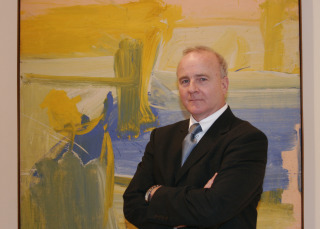 The show is hosted by Michael Rush (right), who was director of the
The show is hosted by Michael Rush (right), who was director of the 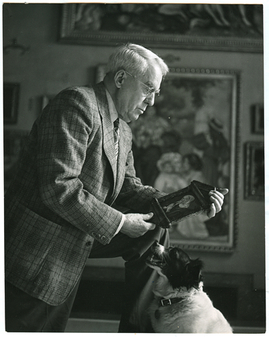
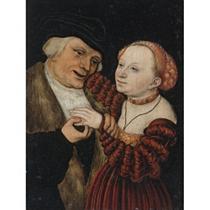 But the Old Master paintings sale held some other surprises, including a mini-mystery (not as good as the record-setting American silver punch bowl story, which I wrote about
But the Old Master paintings sale held some other surprises, including a mini-mystery (not as good as the record-setting American silver punch bowl story, which I wrote about 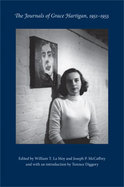 In the visual arts, Jed Perl has led off with a joint review of
In the visual arts, Jed Perl has led off with a joint review of 